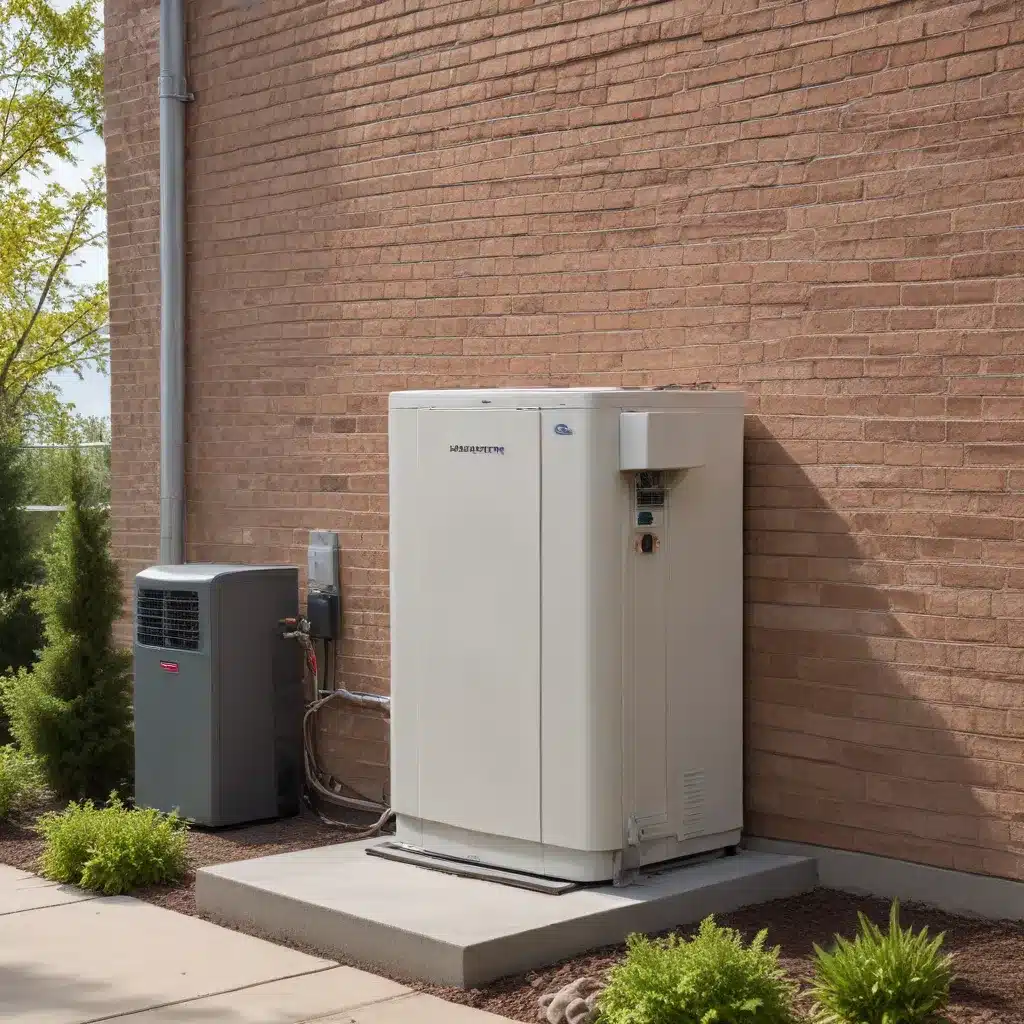
The Future of Efficient, Renewable-Powered Heating and Cooling
In a world rapidly transitioning to clean energy, the heating and cooling of our homes has emerged as a critical frontier. Buildings account for a staggering 50% of electricity consumption in the United States, with a significant portion dedicated to space conditioning and water heating. As we strive for a decarbonized future, innovative thermal energy storage (TES) technologies have risen as a pivotal solution to align our energy demands with the intermittent nature of renewable power sources like solar and wind.
Rewind 200 years, and you’d find our ancestors relying on simple yet ingenious methods to keep their homes comfortable. Ice harvested from frozen lakes was transported and stored to provide cooling, harnessing the thermal energy absorbed during the phase change from solid to liquid. Today, we have access to far more advanced technologies, but the underlying principle remains the same – storing and releasing thermal energy to match our heating and cooling needs.
Unlocking the Potential of Thermal Energy Storage
Thermal energy storage systems work by absorbing and storing heat or cold when energy is abundant, and then releasing that stored energy when it’s needed. This “load shifting” ability presents a game-changing opportunity to balance the grid, reduce peak demand, and enable greater integration of renewable power sources.
As Tim LaClair, a senior researcher at the National Renewable Energy Laboratory (NREL), explains, “The science behind TES can be as simple as what people did 200 years ago. However, today, we are exploring various materials, controls, standards, building integration, and much more to allow the systems to be affordable and ensure occupant comfort. This research is a vital pathway to the electrification and decarbonization of our buildings.”
The Stor4Build consortium, a multi-laboratory effort funded by the Department of Energy, is at the forefront of this endeavor. By developing and optimizing cost-effective TES technologies, the team aims to pave the way for buildings to efficiently run on renewable energy sources, ultimately reducing greenhouse gas emissions and energy costs.
Harnessing the Power of Phase Changes
The key to effective thermal energy storage lies in identifying materials with phase change properties that align with our comfort needs. As Som Shrestha, a senior R&D scientist at Oak Ridge National Laboratory (ORNL), explains, “If a family wants to heat their home to 70°F, for example, the TES system requires a material that melts and freezes within that range of temperature.”
Materials like waxes, salt hydrates, and thermochemical compounds possess this desirable phase change behavior, allowing them to absorb or release energy as they transition between solid, liquid, and gaseous states. By strategically integrating these materials into building envelopes or storage tanks, homeowners can leverage the natural energy-storing capacity of these phase changes to heat and cool their homes more efficiently.
For instance, a TES system could charge up by freezing a salt-based material when electricity prices are low or renewable generation is high. When heating is needed, the stored “cold” energy is released, absorbing heat from the indoor environment and keeping the home comfortable without relying on energy-intensive HVAC systems.
Advancing Materials and System Integration
The Stor4Build consortium is pushing the boundaries of TES technology on multiple fronts, exploring novel materials, integration strategies, and optimization frameworks.
Materials Optimization and Manufacturing:
Researchers are investigating a wide range of phase change materials, from cost-effective salt hydrates to more exotic thermochemical compounds, to develop affordable, high-performance storage solutions. The goal is to create materials with melting and freezing points tailored to the specific heating and cooling needs of different climates and building types.
Modeling and Analysis:
Sophisticated simulation models and tools are being developed to assess the energy cost savings, peak load reduction, and life cycle benefits of TES systems. These insights will guide the optimization of TES designs and enable real-time decision-making to further drive down costs.
System Integration and Optimization:
Researchers are exploring hybrid TES designs that integrate multiple storage technologies, as well as the use of artificial intelligence and machine learning to enhance the overall system performance. Seamless integration with building envelopes, HVAC equipment, and renewable energy sources is a key focus to ensure the effective and reliable operation of these advanced thermal storage systems.
Market Adoption and Equity:
The Stor4Build consortium recognizes that the successful deployment of TES technologies requires a multifaceted approach. They are actively engaging with industry, utilities, communities, and policymakers to address market barriers, develop supportive policies, and ensure equitable access to these energy-saving solutions.
Shaping a Renewable-Powered, Decarbonized Future
As we strive to meet ambitious decarbonization goals, the role of thermal energy storage cannot be overstated. By aligning building energy demands with the availability of renewable power, TES technologies have the potential to significantly reduce peak electricity consumption, minimize grid outages, and enable a more cost-effective transition to electrified heating and cooling systems.
As Judith Vidal, the Building Thermal Energy Science group manager at NREL and Stor4Build co-director, notes, “Thermal energy research is necessary for the large-scale deployment of renewable energy, electrification, and building decarbonization. We need to combine forces and expertise to advance TES solutions from lab to market to all communities.”
At DD Plumbing and Heating, we are excited to witness the rapid advancements in thermal energy storage technologies and the transformative impact they can have on home comfort, energy efficiency, and the overall sustainability of our energy systems. By staying at the forefront of these innovations, we are committed to providing our customers with the most advanced, cost-effective, and environmentally responsible heating and cooling solutions to power their homes in the years to come.


